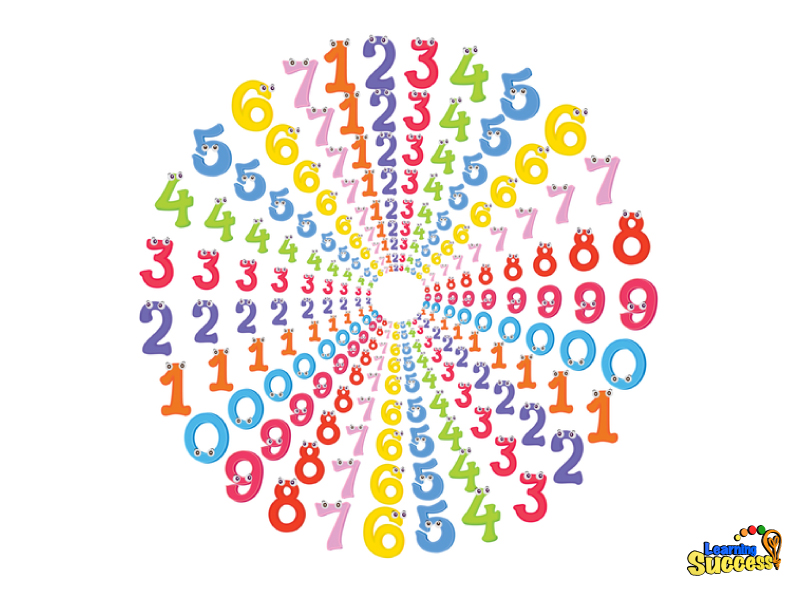
Math circles have been around for hundreds of years in Europe. Why are they just now making it to the U.S.?
Math groups for young children enhance skills
The article This Century-Old Eastern European Custom Might Actually Make Kids Love Math makes the following points about math circles. They are:
- A phenomenon that began in Europe.
- Clubs run by mathematicians that seek to help children excel in math.
- Preparations for competition.
- Intended to be for middle and upper class children looking to expand their education.
- Meant for children to come up with arguments, so that multiple ways to solve a problem can be taught.
Math circles:
- Are split into age groups.
- Go on field trips to inspire children to apply math to other things in life.
The mathematicians who run these math circles are the elite in our society. They are the perfect mentors for young impressionable children.

Math circles are effective in making math fun for students.
It is organized by a grown-up who likes math and has some mathematics-based education. They then work with a group of children who have an interest in math. There are many activities that are performed in math circles. For example:
- Students can work on challenging problems and discuss different techniques to solve these problems.
- Some organize various math competitions.
There is no particular way of running the circle.
The leader is open to use as many fun activities as possible.
- Math circles were originally founded in Far Eastern Europe as far back as the 1800’s.
- First reported in the United States in Boston, MA in 1994.
The main goal is to find the right leader. Sometimes, people in math departments don’t see right away the benefit of doing a math circle. It helps if you start a math circle at the department of math. The local community respects the math department and appreciates it. Therefore, they know that the program will have credibility. People will be more likely to want to join the program.
Key Takeaways:
Math circles make math enjoyable for younger kids so they are eager to learn new and challenging things in math and science.
In the article, From Russia with Math (for Kids), author Anna Kuchment makes the following points:
- Math circles are effective in teaching difficult math problems.
- They allow a group of students to learn side by side and problem solve among each other.
The benefits:
- Children can learn multiple ways to solve problems and increase chances for success.
- On math related field trips, students learn while getting out into the community and have fun.
Sometimes all it takes is a little time away from the classroom to spark interest in learning.
Some of the most renowned scientist from across the world have been involved in match circles. Today there are programs in the U.S. aimed at making math fun for everyone. The Boston program was developed to give children different viewpoints on math. This has proved to be a huge success with developing children in mathematics.
If you or someone you know is having difficulty in math, then you’ll want to try our free assessment. Learn how to get to the root of the problem. Find out which micro-skills need strengthening and increase learning ability. Take our assessment by clicking here.
Do You Need help with a Dyscalculia Difficulty?
Our simple online analysis will help you get to the core of the problem and find the right solution for you.
Understanding how to help someone with a learning difficulty starts with understanding which micro-skills are affected. When you learn which of the micro-skills is the problem, you will then be on your way to solving it.
You'll also learn how to:
- Build confidence
- Enhance Learning ability
- Eliminate avoidance
- Build grit
You can get this analysis for free by filling out this simple form. This will help you get to the bottom of a learning difficulty and provide you with a solution. If you are ready to put this problem behind you click the button below and fill out the form.










